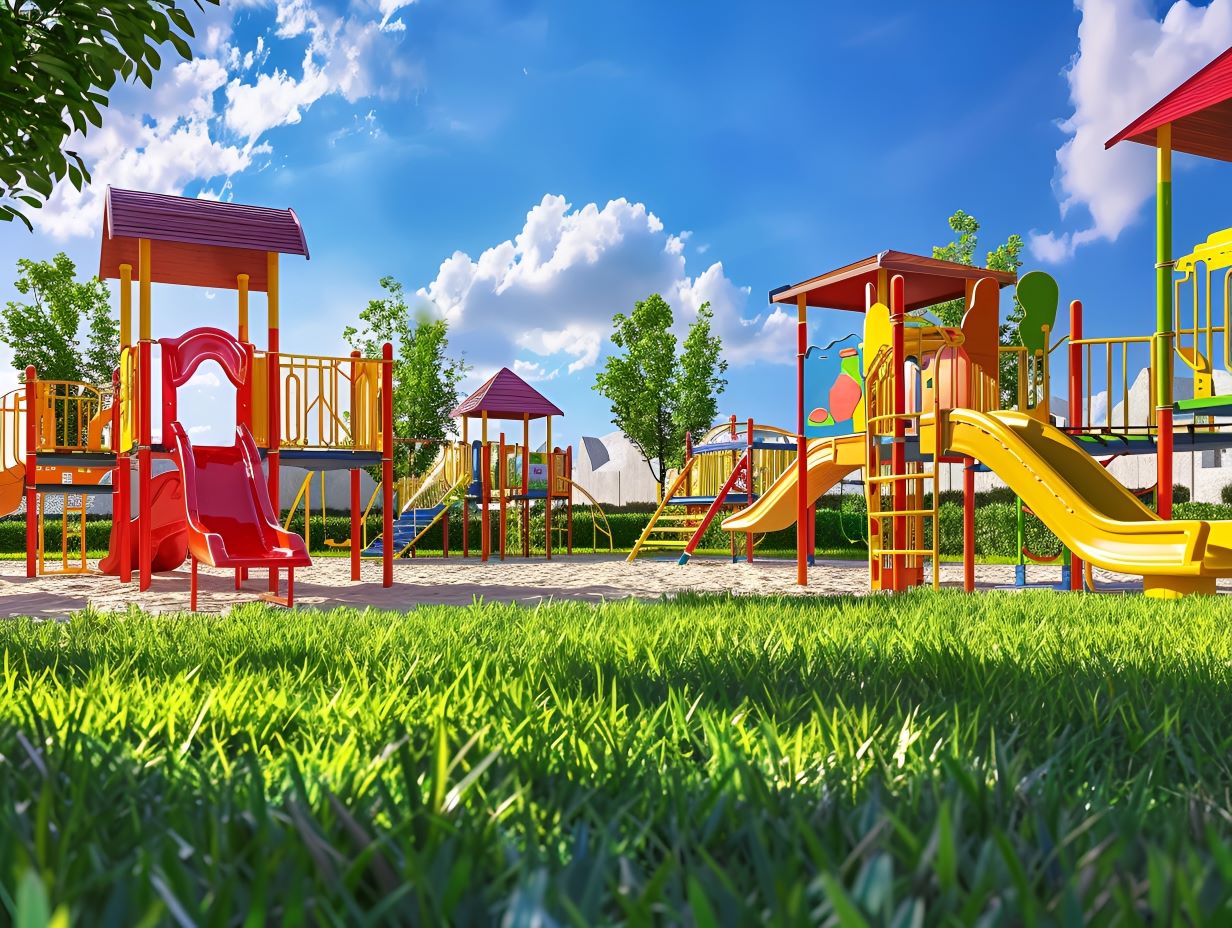
Since 2011, there has been 75 playground equipment related claims. Last year our regional risk team completed 98 peer reviewed playground inspections, which has positioned us well in relation to the latest safety alert from WorkSafe.
Despite this, we must not become complacent, and members should be aware that following a serious incident in August 2023, the hazard of entrapment in public playgrounds has become a primary area of focus. Entrapment hazards can occur when a child's body part or clothing become trapped between moving parts of playground equipment. The risk is elevated when the equipment involves forced movements, which are very common in playgrounds across the state.
The catalyst for this concern came from a tragic incident involving a wheelchair-accessible carousel in 2023. In this case a 4-year-old child's little toe was amputated after becoming trapped in the gap between the spinning metallic platform and the stationary outer section of the carousel. Despite emergency efforts, reattachment was not possible, leaving a devastating impact on the child and their family. Following this, WorkSafe, in collaboration with KidSafe WA are seeking to reiterate the responsibilities of local governments to keep children safe in public playgrounds.
Recommendations
- Understanding the contributory factors is crucial for mitigating the risk of injury. The design of playground equipment often includes opening and gaps that pose entrapment risk. The first step in addressing this risk is identifying it!
- The failure to maintain, inspect and assess playground equipment as well as neglecting to display safety signage can further increase the risk of injury.
What can we do?
- Modify or repair equipment to eliminate entrapment hazards, following manufacturer's recommendations.
- Establish and implement frequent inspections and maintenance (it is recommended that inspections are carried out regularly)
- Install clear safety signage that communicates hazards, supervision needs, and safety tips.
- Conduct thorough risk assessments to identify hazards and determine appropriate mitigation strategies.
- Ensure design considerations eliminate hazards at the planning stage.
- Perform post-installation inspections before opening to the public, verifying compliance with Australian Standards.
As a sector we are responsible for upholding health and safety standards and maintaining safe playground environments in WA. As we lead into summer, playground operators should have a safety management system in place and carry out frequent risk assessments to both protect children and mitigate the damages should a claim arise. You can view the full WorkSafe bulletin here (WorkSafe WA Playground Safety Alert.pdf)
For more information, please contact your regional risk specialist or LGIS liability risk team directly.